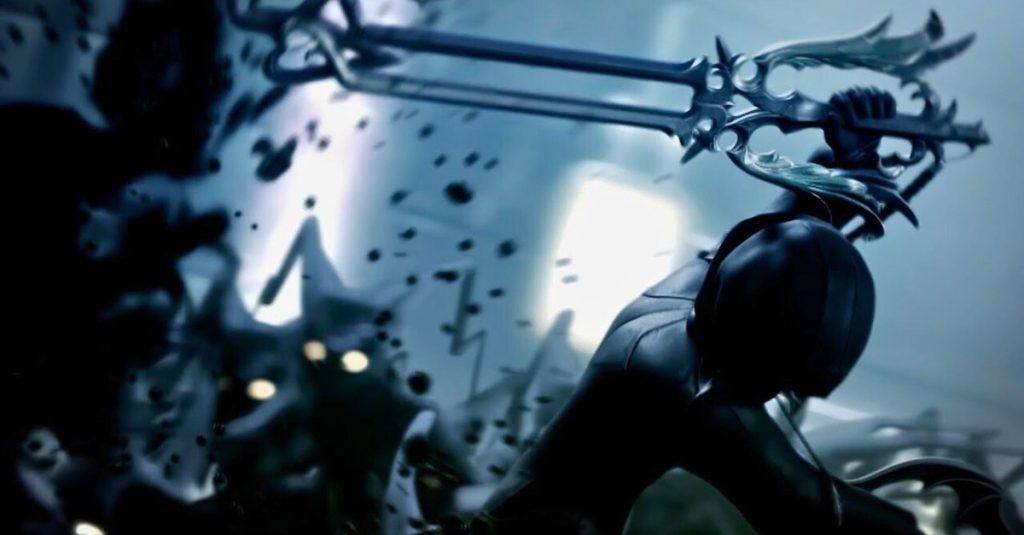With Tetsuya Nomura recently unveiling new insights into Kingdom Hearts 4 after a lengthy hiatus, it’s an apt moment to reflect on one of the franchise’s hallmark weapons: the Keyblade. This iconic tool has spurred much discussion—is it a sword, a billy club, or something else entirely? Regardless of classification, the Keyblade is a groundbreaking one-handed weapon, akin to the lightsaber, not only for its unique design but also for its integral role in the series’ lore. Each variant of the Keyblade signifies the wielder’s connection to light or darkness.
The Keyblade Icons: Oblivion and Oathkeeper
The Kingdom Key is the most recognizable Keyblade in the series, bolstered by its frequent appearances in promotional materials. However, Oblivion stands out as a fan favorite, with Oathkeeper closely following behind. These three weapons are consistently featured in major game installments, reflecting their popularity among players. Oblivion and Oathkeeper particularly resonate with Kingdom Hearts’ central theme of the ongoing battle between light and darkness, transforming them into essential narrative elements rather than mere weapons.
Origins and Significance
In the inaugural Kingdom Hearts, Keychains—items that modify Keyblade appearance and abilities—are typically obtained through completing Disney-themed worlds. However, Oblivion and Oathkeeper originate from original settings: Traverse Town and Hollow Bastion, respectively. Their connection to the story deepens through their ties to Sora, the protagonist; Oathkeeper is linked to Kairi while Oblivion relates to Riku, intensifying their narrative importance.
Kairi presents Sora with Oathkeeper after awakening from slumber, gifting him her “lucky charm” to symbolize their bond, akin to the myth of Paopu Fruit from their shared home, Destiny Island. Oblivion, on the other hand, is discovered in Hollow Bastion during Sora’s climactic encounter with Riku, echoing the playful rivalry established earlier in the game.
Dynamic Contrast
The complementary nature of Oblivion and Oathkeeper is vividly illustrated through their contrasting features and acquisition methods, embodying a yin-and-yang relationship. Oblivion is characterized by its focus on strength, while Oathkeeper enhances magical abilities. Their distinct aesthetic—Oblivion’s darker, destructive design against Oathkeeper’s elegant form—further reinforces this duality.
Narrative Implications
The pivotal role of Oblivion and Oathkeeper is further emphasized in the secret ending of Kingdom Hearts, titled Deep Dive / Another Side, Another Story. This sequence showcases a hooded figure wielding both Keyblades in a duel against a silver-haired character, later revealed to be Riku, who takes control of Oblivion. At that time, the identity of the hooded figure, Roxas, was unknown, but the scene hinted at profound connections to Sora, Riku, and Kairi, significantly increasing the stakes surrounding both Keyblades.
Legacy and Impact
Nomura’s strategic integration of Oathkeeper and Oblivion into the overarching narrative of Kingdom Hearts surpasses that of most Keyblades. While the Kingdom Key remains the franchise’s primary weapon with its intricate backstory, Oathkeeper and Oblivion have come to symbolize the emotional essence of the series, capturing the affection of countless fans and solidifying their place in gaming history.

